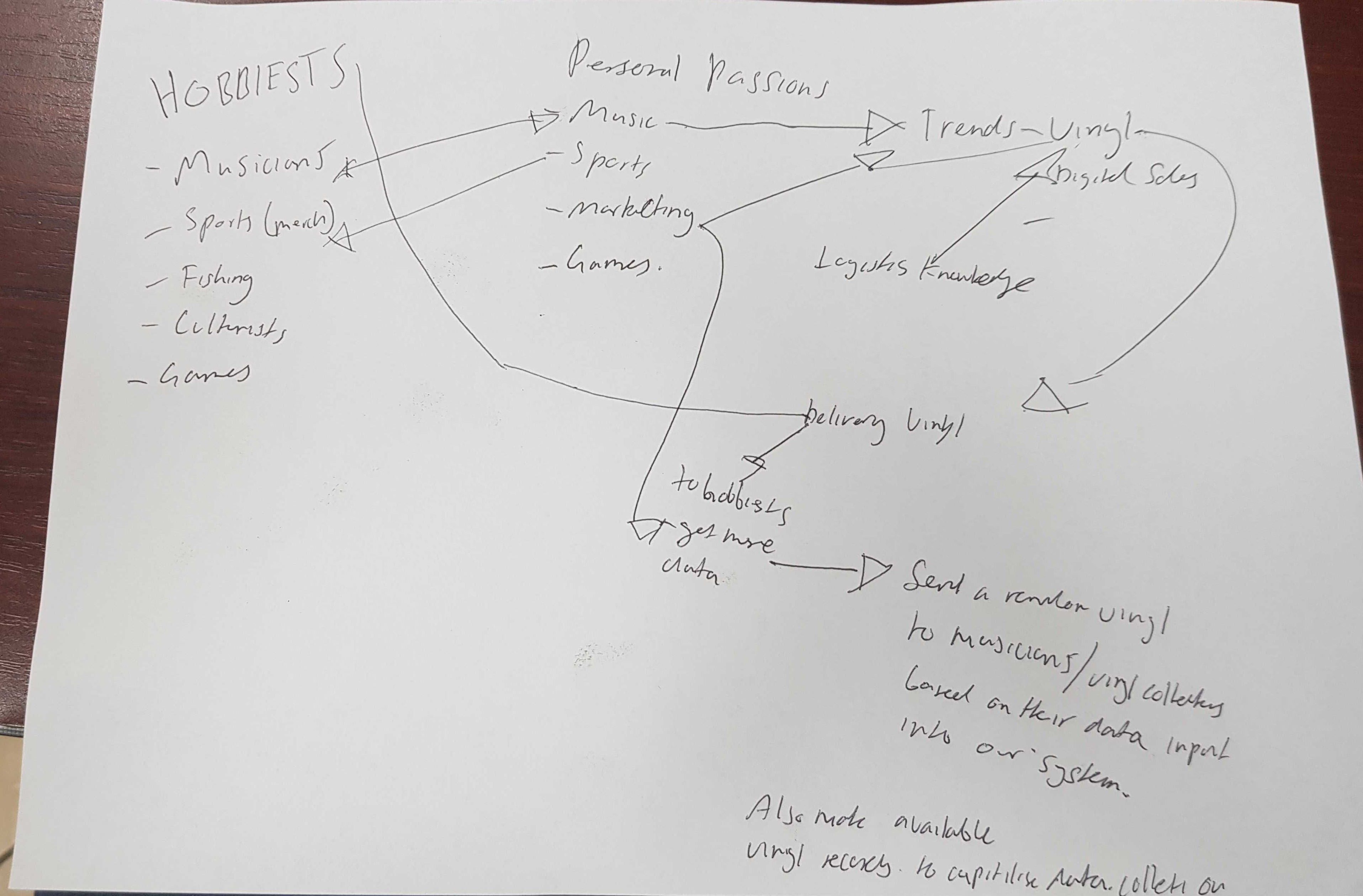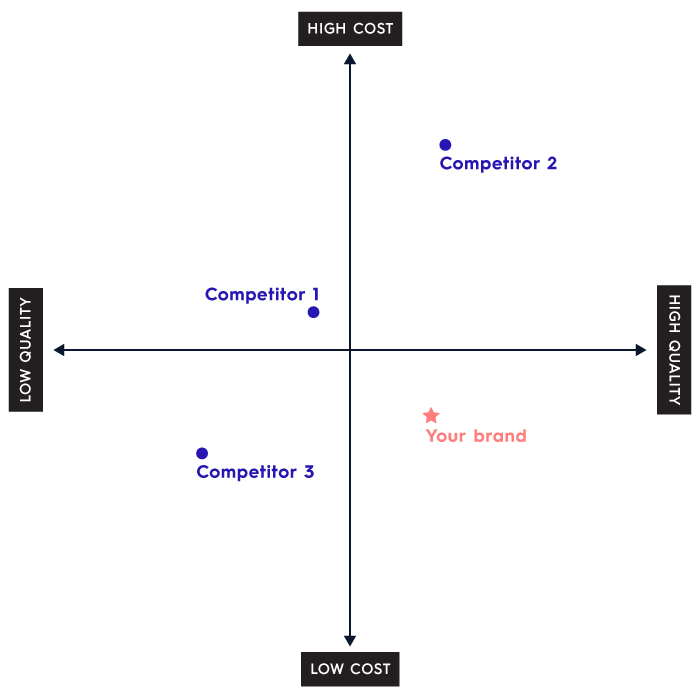The Four Pillars To Starting A Successful E-Commerce Store
The Four Pillars To Starting A Successful E-Commerce Store
The Four Pillars
So basically, Malcolm suggests that there are four pillars or areas to starting an e-commerce store;
- Your product
- Research and Planning
- Building your store
- Post Launch
Your Product
This is where most people get stuck and sometimes give up before they even start and rightly so because it’s often the hardest thing, to find what you want to sell online
Luckily, Malcolm has given us some ideas on how to overcome our first speed hump.
Firstly, there are three questions you have to ask yourself?
- What is it?
- What are you going to sell?
- Where do you find it?
Now these questions can be solved by doing a little brainstorming on a piece of paper on these principles.
- Solve a personal pain point
- Appeal to hobbyists
- Go after a personal passion
- Consider your area of expertise
- Capitalise on trends
- Look at 3 star reviews (they tell you what’s wrong with a product or service)
- Keywords (Google Keyword Planner)
- Research products with high profit margins
- Be always on the lookout
So for the sake of this blog , I am going to come up with my own e-commerce store idea by using a couple of these principles.
Wow. So underneath all that chaos and poor handwriting is an actual idea.
I wrote down some hobby groups off the top my head, some personal passions and a trend which happened to be vinyl which related to my passion and hobby group of musicians.
I took my idea further with my area of expertise being marketing and logistics where I found delivery as a viable option and data as a way to spice up the product offering.
So my final idea, send a random vinyl record to musicians and vinyl collectors based upon the data collected into our system. Cool.
Product Evaluation
Now you have an idea, its time to evaluate it.
So what is the best way to evaluate a product? How do you know your product has been successfully validated.
The answer to the latter is you never know if a product is successfully validated until you test it and sell it.
In regards to the best way to evaluate your product idea… Malcolm has again provided a checklist for us to go through.
- What is the potential market size
- Competitors
- Is it a fad or trend
- Can customers buy locally (Bricks and Mortar)
- What is my mark up
- How many SKU's do I have to create
- Can I run a subscription modal
- What is the size of my product
- Seasonality swings
- Is it a passion or a pain point
So if I was to use my vinyl idea as an example. I would go through and evaluate my products against this checklist. Some of these are a simple yes or no answer but others require a deep dive into the industry and niche you hope to get into.
Getting the products you want
So now you’ve come up with your product idea and evaluated whether it is viable or not. Next step is getting the product in.
So what are the ways you can obtain a product?
- Make it yourself
- Wholesaler
- Manufacturer
- Dropship (if viable)
- Combinations
You also have to consider storage and distribution.
Research and Planning
So know you have found your product, evaluated it and sourced your supplier.
Now you have to have to do further research into the market and make your action plan.
Find out who is selling your product who is your competition and who are your customers. Because after all, they are the ones buying your product.
Research your Competition
There are heaps of ways to research your competition.
From googling who your competitors are to checking out their website and social media.
However, what Malcolm recommends doing is a competitor analysis.
Not only on your competitors but also on the marketplace itself.
The easiest way to do a competitor analysis is by selecting 2 variables for example cost and quality. From there put them on an x and y-axis. and place your competitors along the axis.
By doing a competitor analysis on your market and your competitors you will find out what’s wrong with your market and find out your edge on your competitors
Finding your Customers
This often the most overlooked part of the research and planning when starting an e-commerce store.
In the 20 years that Malcolm has been in e-commerce, he sees time and time again people getting wound up in their product and how they are going to fulfil it and deliver there product to the masses.
But they forget about the customer the person who is actually going to buy your product and give your business life.
So before you go any further write up some buyer personas and find out who your customer really is.
The Business Plan
Ahh, the dreaded business plan. Many entrepreneurs think that a successful business needs a business plan which 30 pages long, highlighting every single little detail.
When in reality a business plan should be no larger than 2 sides of A4 and act as a road map.
Many entrepreneurs myself included get stuck in the planning and in the end, nothing ever happens.
The fact of it is no level of planning will prepare you and your e-commerce store for every little bit of uncertainty and challenge that comes your way.


Comments
Post a Comment